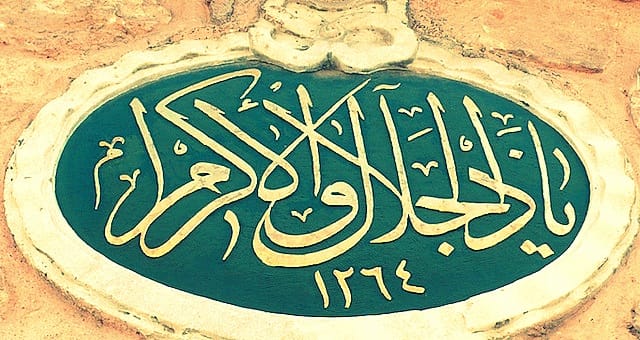
Ramsey Nasser of New York’s Eyebeam Art+Technology Center (no relation to Albert Ayler’s New York Eye And Ear Control, sorry) has created Alb, which is perhaps the first Arabic programming language. While I for one am excited by the prospect of replacing our banal and rather clunky Latin letters with calligraphic eye candy, there are plenty of valid reasons for the change. For one, the majority of the Arabic region, once severed from the realm of gaming due to rough trade regulations that didn’t allow people access to many consoles and games, is catching up in the world of development.
Could this code help in a big way?
– – –
In an illuminating writeup at Animal, Nasser explained the hardship of Arabic developers. “Practically speaking, it’s more sensible to just learn English in order to learn code. That shocked me,” he says. “I believe that code and computation should be something anyone can access.” Nasser goes on to say that he teaches the programming languages of JavaScript and C Sharp to students worldwide, and expresses concern about their ability to grasp the underlying concepts. “How can these students reason in these languages?” he asks.
“Practically speaking, it’s more sensible to just learn English in order to learn code. That shocked me.”
This is a sentiment I’ve heard from time to time when talking to Middle Eastern developers. Learning to code is exclusively a Latin-language venture. According to Rami Ismail of the outstanding Dutch indie studio Vlambeer, who is half-Egyptian and spoke last summer at a Jordanian game jam, “coders usually go to English school, I suppose.”
However, Ismail offers another explanation as to why game development has been laggard in the Arabic world until recently. The difference is cultural rather than semantic. “I think its because creative communities were just starting to emerge,” he says. “Obviously, you have to see that part of the world as different from our own. Developers in that area are usually just executers of plans from elsewhere. But not anymore. Things are changing, which I find infinitely exciting.”
The pure novelty can lead to some amazing creations. Last fall, we covered the journey of two Danes who had travelled to Palestine to teach young girls game design. The complicated nature of gender roles in the region made for a challenge, but the output was a sign of hope. “These girls are experimenting,” Nevin Erönde, a sound designer and one of the instructors, said. “What comes out is incredibly raw and pure.”
It’s hard to deny that Nasser’s programming language would help kindle a culture of creativity in the Arabic community, but it would come at a cost. Namely, the language doesn’t play nice with the wealth of software tools already out there. “You still wouldn’t be able to interact with the rest of the history of software developing — libraries like Open GL which is used for motion graphics, API — it’s all English,” Nasser admits. “There’s nothing you can do about it.”
Even if it’s ultimately impractical, the stylish elocution of Arabic code is emblematic in nature. It shows that the region is ready, willing, and interested in code. The future is definitely looking up for Arab players and developers. In the past year, Saudi Arabia held it’s first gaming convention, a team of Libyans competed for the eSports World Cup, and grassroots movements from Egypt to Syria gave rise to Flash games dealing with political subjects from the Syrian civil war to the uprisings at Tahrir Square. I’m very optimistic to see what else the region has to contribute.




